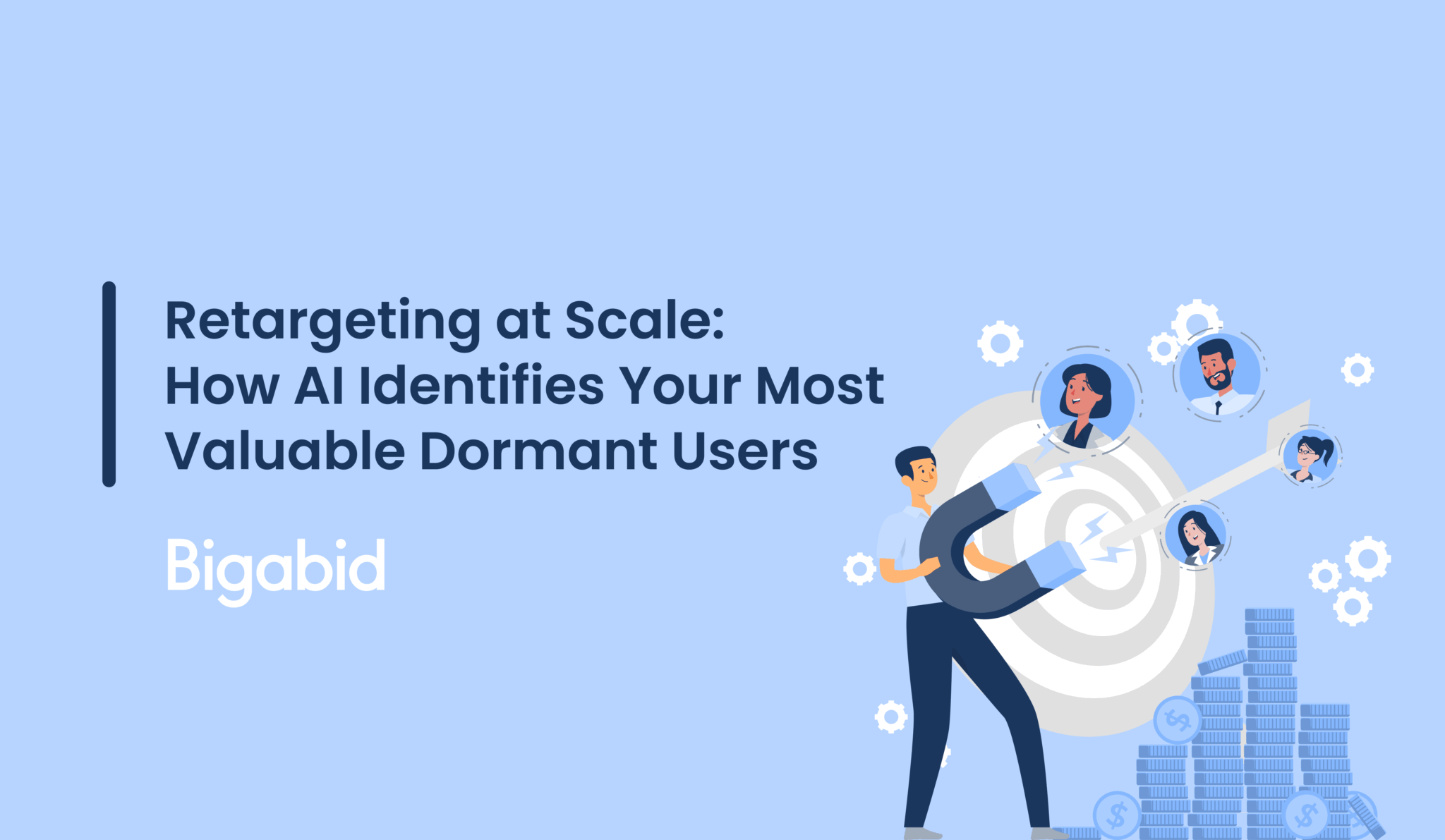
Your mobile app has 500,000 dormant users. Your marketing team wants to spend $50,000 bringing them back. The question everyone’s avoiding: which ones are actually worth targeting?
Here’s what typically happens. You blast the same “we miss you” message to everyone who hasn’t opened your app in 30 days. You get a 2.3% reactivation rate and wonder where half your budget went. Meanwhile, buried in that massive audience are 25,000 users with a 40% probability of returning—if you knew how to find them.
Most mobile app companies treat dormant users like a homogeneous blob. User A made three purchases and spent 15 minutes per session before going quiet. User B opened the app twice and bounced. Traditional mobile app retargeting hits both with identical campaigns and budgets. That’s the problem.
Rising acquisition costs make dormant user reactivation critical. When you can bring back a high-value user for a fraction of new acquisition spend, the math becomes impossible to ignore. But only if you’re targeting the right users.
This is where neural networks change everything. Instead of guessing who might return, AI systems analyze behavioral patterns to predict reactivation probability with remarkable accuracy. They segment massive dormant audiences into precise micro-targets, each with different return likelihood and optimal engagement strategies.
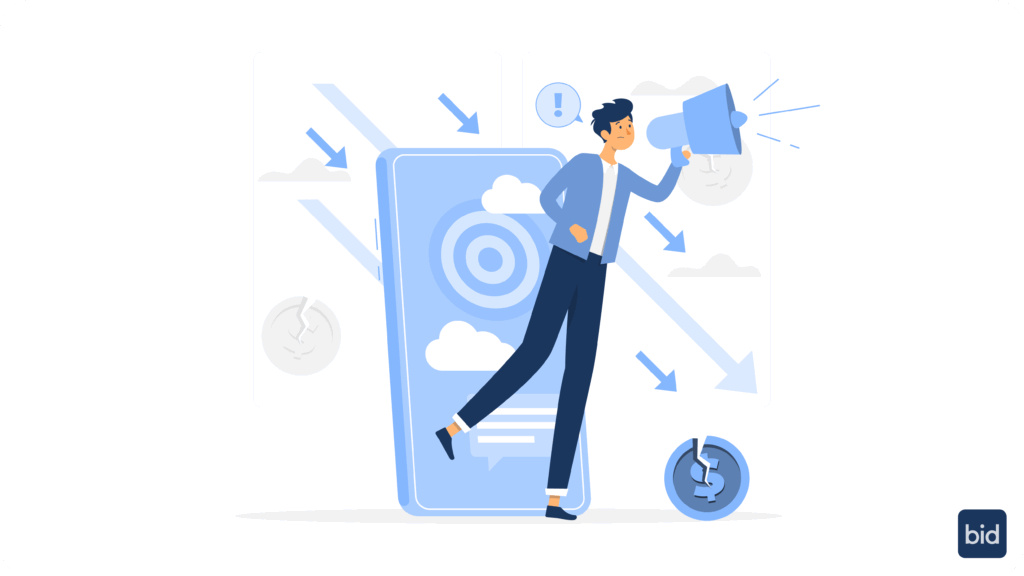
Let’s talk about why most mobile app retargeting fails spectacularly.
Traditional approaches segment users by recency: “inactive for 7 days,” “inactive for 30 days,” “inactive for 90 days.” Everyone in each bucket gets identical treatment. This completely ignores the behavioral data that actually predicts whether someone will return.
Consider two users dormant for 30 days. One gradually reduced their session frequency over several weeks—classic disengagement pattern. The other was a power user who suddenly stopped—probably a life change or technical issue. These users need completely different reactivation strategies, but generic retargeting treats them identically.
The waste is staggering. You’re spending equally on users with 2% versus 40% return probability. That’s not budget optimization—that’s budget destruction.
Creative fatigue becomes inevitable when you serve the same generic messaging to diverse audiences. The gaming user who completed all levels needs different communication than the e-commerce user who abandoned their cart. Generic creative can’t possibly address these varied contexts effectively.
Worse, bombarding low-probability users with retargeting messages risks negative brand associations. High-value users might receive poorly timed messages that actually reduce their return likelihood. You’re not just wasting money—you’re potentially damaging relationships.
Attribution becomes meaningless because you can’t distinguish between users who would have returned organically versus those genuinely influenced by your campaigns. Without this clarity, you can’t optimize spend allocation or measure true campaign impact.
The breakthrough comes from recognizing that dormant users aren’t one audience—they’re dozens of distinct micro-audiences with different reactivation probabilities and optimal engagement strategies.

Here’s where AI transforms impossibly complex user segmentation into systematic precision targeting.
Neural networks analyze the complete user journey to identify patterns that correlate with reactivation likelihood. They process dozens of behavioral signals simultaneously—session frequency patterns, engagement depth, purchase timing, feature usage, notification responses—creating multidimensional user profiles that reveal hidden reactivation predictors.
Advanced clustering algorithms discover natural user groupings that manual analysis would never identify. High-value dormant users with strong purchase histories cluster together regardless of demographics. Social users who shared content form distinct groups with unique reactivation triggers. Trial users who engaged deeply but never converted represent another opportunity segment.
The sophistication extends to predictive scoring models that assign probability scores for return within specific timeframes. Instead of guessing, these systems calculate that User A has a 73% probability of returning within 14 days if reached with purchase-focused messaging, while User B has 12% likelihood regardless of approach.
Real-time dormancy prevention represents the next evolution. Rather than waiting for users to become completely dormant, neural networks identify early warning signals indicating declining engagement. Proactive intervention before dormancy often achieves much higher success rates than traditional reactivation efforts.
Cross-app learning leverages behavioral data from multiple mobile apps to identify universal patterns. These systems learn that certain engagement sequences reliably predict dormancy across different app categories, enabling accurate predictions even for apps with limited historical data.
Dynamic threshold adjustment ensures dormancy definitions stay relevant as usage patterns evolve. Instead of fixed “30 days inactive” rules, neural networks continuously calibrate based on actual behavior patterns within specific app categories and user segments.
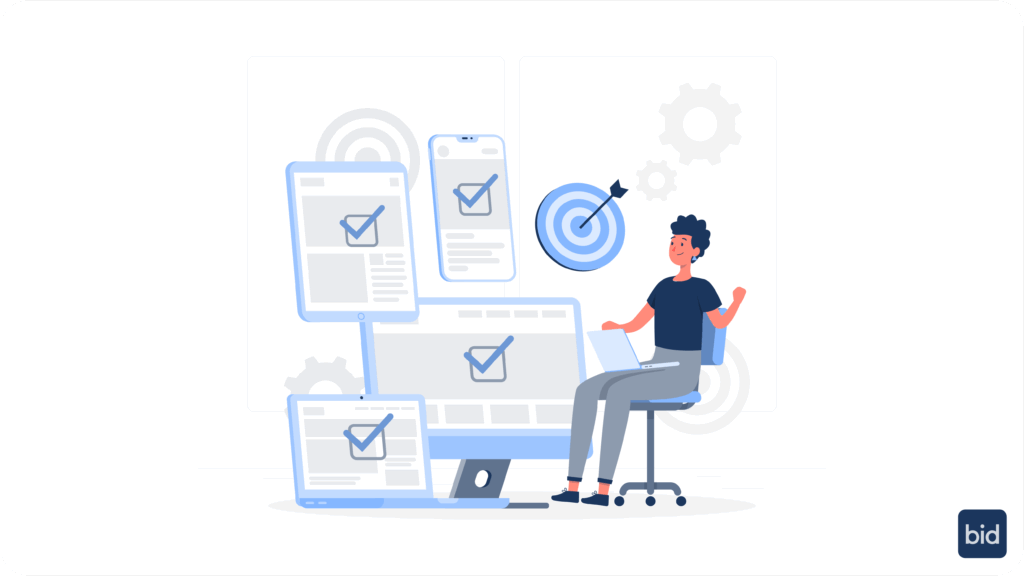
The real power emerges when neural network insights translate into campaigns that generate measurable ROI improvements.
Value tier segmentation enables dramatically different approaches for different user segments. Premium tier dormant users get high-touch, personalized campaigns with aggressive bidding. These might feature custom creative referencing specific achievements or premium offers acknowledging their previous value.
Standard tier users receive automated campaigns with moderate spend, focusing on broad appeal messaging and efficient creative rotation. Low-value tier users get minimal spend or exclusion from paid campaigns entirely, freeing budget for higher-probability targets.
Behavioral trigger campaigns connect messaging directly to specific past behaviors. Users who extensively used particular features get campaigns highlighting developments in those areas. Previous purchasers see new product announcements or exclusive offers building on demonstrated buying behavior.
Dynamic creative generation creates personalized content reflecting individual user preferences. Instead of generic messages, these systems reference specific user progress, achievements, or interests. A gaming app might mention the exact level reached, while an e-commerce app highlights items similar to previous purchases.
Timing optimization ensures messages reach users when they’re most receptive. Neural networks analyze individual behavior patterns to identify optimal engagement windows—some users respond to morning commute messaging, others prefer evening entertainment browsing periods.
Channel optimization recognizes that different dormant segments prefer different engagement channels. Neural networks predict whether specific users respond better to social media retargeting, search ads, email campaigns, or push notifications based on historical interaction patterns.
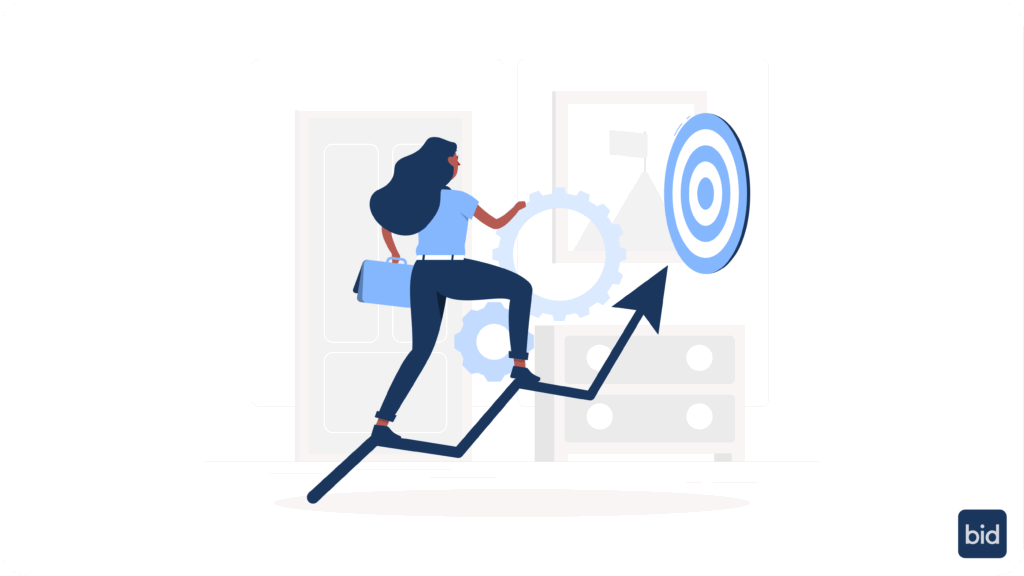
Understanding industry performance provides crucial context for evaluating AI-powered dormant user strategies.
Industry implementations of neural network-driven segmentation typically report meaningful improvements in reactivation rates. The most significant gains come from better budget allocation—concentrating spend on high-probability users while reducing waste on unlikely returners.
Cost efficiency represents the most dramatic improvement area. Sophisticated segmentation often delivers substantial reductions in cost-per-reactivation by eliminating spend on users who weren’t returning anyway. These efficiency gains enable higher campaign performance within existing budgets.
Successfully reactivated dormant users often demonstrate higher lifetime values than newly acquired users, particularly when reactivation campaigns address the specific issues that initially caused dormancy. This finding fundamentally changes ROI calculations for retargeting versus acquisition spend allocation.
Vertical-specific patterns provide actionable insights. Gaming apps see strong results with feature-focused messaging and seasonal events. E-commerce apps achieve optimal performance through personalized recommendations and urgency-creating offers. Social apps benefit from community-based campaigns highlighting friend activity and new features.
Scale considerations become crucial for implementation success. Neural network segmentation requires substantial dormant user bases to generate reliable behavioral patterns, but performance typically improves as audience sizes increase, enabling more sophisticated personalization.
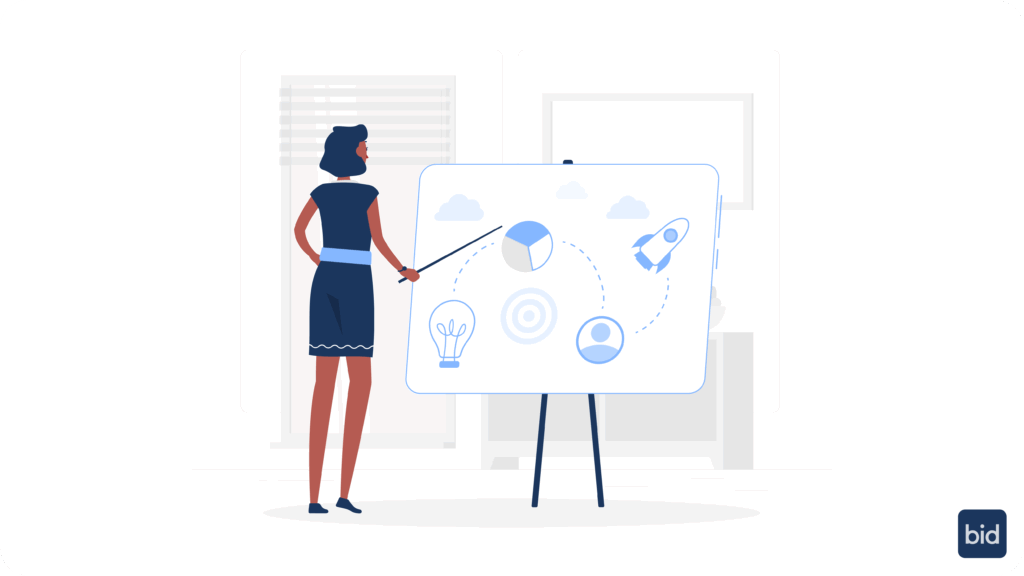
Successfully implementing AI-powered dormant user targeting requires strategic planning addressing both technical and operational considerations.
Data foundation forms the critical first step. Essential tracking must capture behavioral signals neural networks need for accurate segmentation—session patterns, feature usage, purchase history, engagement depth. Clean, consistent data directly impacts segmentation accuracy and campaign performance.
Integration planning ensures analytical insights translate into campaign execution. Connecting retargeting platforms with analytics systems requires careful consideration of data transfer protocols and real-time processing capabilities. The most sophisticated segmentation becomes worthless if it can’t be efficiently implemented.
Privacy compliance has become increasingly complex as neural networks potentially reveal insights from data that traditional methods couldn’t extract. Maintaining regulatory compliance while leveraging advanced segmentation requires careful attention to processing methods and consent frameworks.
Audience building must balance precision with operational efficiency. Dynamic segments that update automatically as behaviors change ensure campaigns remain relevant without constant manual intervention. Include safeguards against audience fluctuations that might impact delivery or bidding strategies.
Creative frameworks enable scalable personalization without overwhelming production resources. Modular systems combining personalized elements with efficient workflows allow sophisticated messaging without unsustainable creative demands.
Budget allocation methodologies balance precision targeting with scale requirements. Sophisticated segmentation often reveals that small percentages of dormant users represent disproportionate opportunities, but these insights must work within minimum audience sizes needed for effective platform delivery.
Testing protocols become more valuable but more complex. Neural networks often show gradual improvements as they accumulate data and refine predictions. Longer testing periods and sophisticated analysis reveal benefits that shorter tests miss.
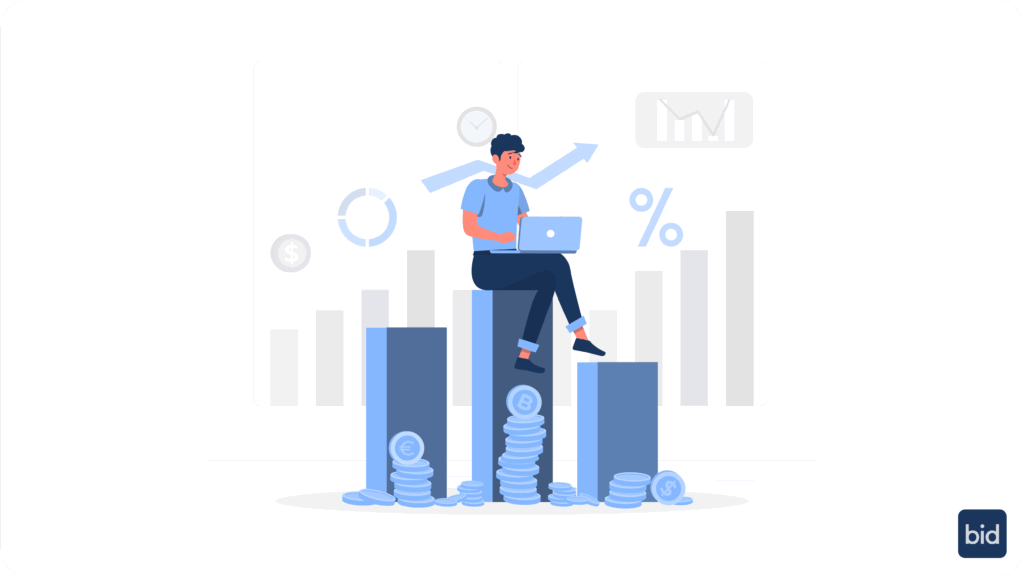
Early adoption of sophisticated dormant user targeting provides significant but temporary competitive advantages.
Cross-device capabilities represent a major frontier. Neural networks creating unified profiles across smartphones, tablets, and desktop can identify dormancy patterns single-device analysis would miss. Users might appear dormant on mobile while actively engaging through other channels.
Predictive lifetime dormancy enables proactive intervention before users reach permanent churn. Instead of reactive reactivation, these systems identify users likely to become permanently inactive and implement retention efforts while recovery remains possible.
Privacy-first techniques address growing concerns while maintaining effectiveness. Advanced architectures identify behavioral patterns using anonymized data without compromising individual privacy, often achieving comparable precision while exceeding compliance requirements.
Data network effects create compounding advantages. Neural networks trained on larger, more diverse datasets achieve better prediction accuracy, creating sustainable competitive advantages for early adopters with superior data collection capabilities.
Cost arbitrage opportunities exist during the transition period while competitors use less sophisticated methods. Advanced segmentation often achieves superior results at lower costs, creating significant but temporary efficiency advantages.

Your dormant user base isn’t dead weight—it’s your biggest untapped revenue opportunity.
While competitors blast generic messages at entire inactive audiences, neural network segmentation identifies users most likely to return and generate value. Every day you delay implementing intelligent targeting is another day of missed opportunities and wasted spend.
At Bigabid, our neural network platform doesn’t just retarget dormant users—it predicts which ones justify the investment. Our AI systems analyze behavioral patterns and engagement history to identify your highest-value dormant users before competitors realize they exist.
We transform chaotic dormant databases into precisely targeted revenue opportunities. We don’t just identify inactive users—we predict who’s returning, when they’ll engage, and what messages resonate most effectively.
Whether you’re struggling with rising acquisition costs or looking to maximize existing user value, our intelligent retargeting transforms forgotten users into active revenue generators. We’ve helped mobile app companies unlock substantial additional revenue from users they’d written off as permanently lost.
Ready to stop guessing which dormant users deserve your budget?
Contact Bigabid today. Let’s turn your dormant user base into your next growth engine.